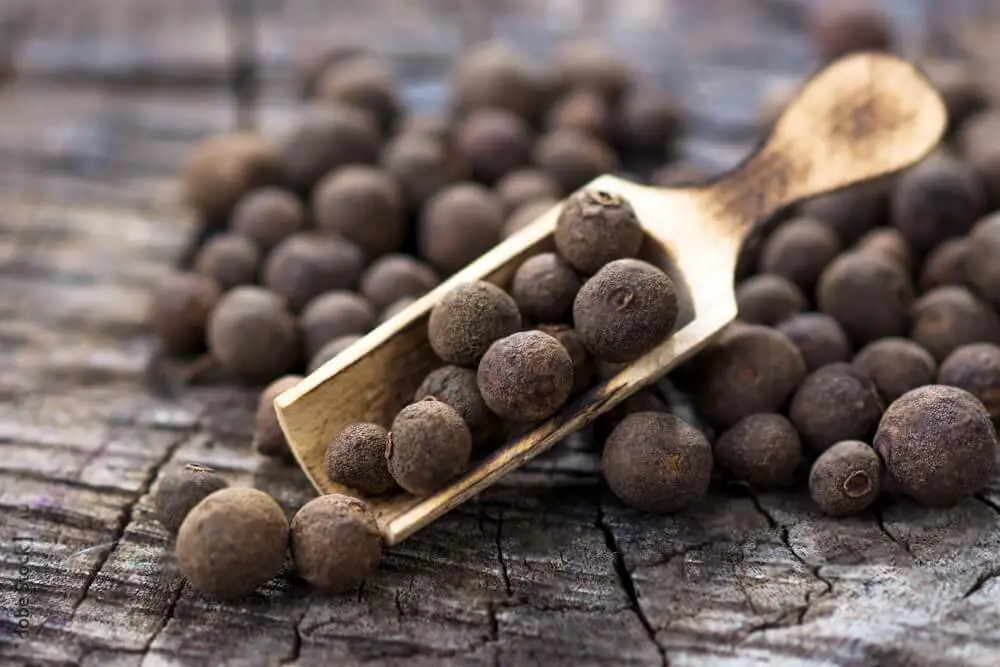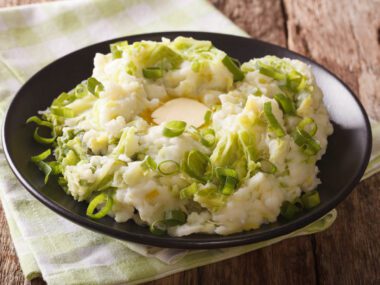So, you’ve stepped into the enticing world of Japanese cuisine, and you’re met with a delightful dilemma – Somen or Soba? These slender noodles have made their mark in the Asian culinary landscape, each with its own unique twist. It’s time for a Somen Noodles Vs. Soba noodles showdown like no other. Buckle up, my food-loving friends, as we start a flavorful journey through the world of Somen and Soba noodles.
Somen Noodles: The Elegant White Strands
Let’s kick things off with Somen, the epitome of delicate beauty in the noodle realm. Picture these noodles as the ballerinas of Japanese cuisine – slender, graceful, and oh-so-refined.
The Wheaty Origin Story
Somen noodles are made from good ol’ wheat flour, and they come to life as thin, ethereal strands, often less than 1.3 mm in diameter. White as fresh snow, they offer a mild flavor that acts as a blank canvas for culinary creativity.
Crafting Somen Noodles: An Artful Process
Making Somen noodles is a time-honored tradition that involves a meticulous handcrafted process. First, a dough is whipped up from wheat flour and a dash of salted water. Then, the magic happens. The dough is transformed into thin, long ropes, carefully pulled by hand. These ropes stretch to impressive lengths, sometimes reaching a whopping 12 feet!
Why all the stretching, you ask? Well, that’s what gives Somen noodles their delightful chewiness. A stroke of genius in the process involves brushing the noodles with vegetable oil, preventing them from drying out during their transformation.
Chilled Delight: Serving Somen Noodles
One of the most popular ways to enjoy Somen noodles is chilled, accompanied by a soy-based dipping sauce called tsuyu. To prepare them, they are gently simmered, then swiftly plunged into an ice-water bath, where they chill out until they are ready to meet your taste buds. A refreshing choice, especially on a hot summer day.
But the fun doesn’t stop there. Somen noodles can also cozy up in a hot soup known as nyumen. And if you’re up for a unique dining experience, give nagashi somen a try. Imagine cold Somen noodles gracefully gliding toward you in bamboo shoots, ready to be plucked with chopsticks. It’s like a noodle adventure!
Soba Noodles: The Nutty Brown Powerhouses
Now, let’s shift our gaze to Soba noodles, the hearty, nutty cousins of Somen. These noodles are like the rugged mountaineers of Japanese cuisine – earthy, full of character, and with a distinct flavor profile.
Buckwheat at the Heart of Soba
The star ingredient of Soba noodles is buckwheat, and the word “soba” itself means buckwheat in Japanese. Buckwheat is naturally gluten-free, adding a healthy twist to this noodle choice. However, Soba noodles often blend in a bit of wheat flour into the mix, so they aren’t entirely gluten-free.
Crafting Soba Noodles: Balancing Act
Creating Soba noodles is a bit of a balancing act. Buckwheat flour can be a tad tricky to work with on its own because it lacks gluten, which holds noodles together. That’s where wheat flour comes into play. It brings the much-needed gluten, making the noodles easier to handle and more cost-effective to produce.
To make Soba noodles, a dough is formed by combining buckwheat flour, wheat flour, and water. This dough is then rolled into a flat sheet and sliced into thin strands. The result? A beautifully nutty, brown-hued noodle with a chewy texture.
Hot or Cold, Soba Shines
Soba noodles are incredibly versatile and can star in a variety of dishes. Whether in soups, salads, or stir-fries, they never fail to impress. You can serve them hot or cold, depending on your mood and the season.
In traditional Japanese cold dishes, Soba noodles are first simmered to perfection, then drained and plunged into a refreshing bath of ice-cold water. It’s a culinary magic trick that results in noodles that are firm yet tender, making them the ideal candidate for chilled delights.
Soba noodles also find their place in hot soups and broths, where they soak up the flavors and add a delightful chew to each spoonful.
The Showdown: Somen vs. Soba
Now that we’ve explored the individual glory of Somen and Soba noodles, it’s time to put them head-to-head and see how they stack up against each other.
Texture and Appearance
Somen: These dainty noodles are white and slender, resembling angel hair pasta. They offer a delicate and chewy texture, making them a great fit for cold dishes.
Soba: Soba noodles, on the other hand, are heartier with their nutty brown color. Their texture strikes a balance between firmness and tenderness, ideal for both hot and cold preparations.
Flavor Profile
Somen: With a mild flavor, Somen noodles act as a versatile canvas for a range of sauces and accompaniments. They let other flavors shine while providing a satisfying chew.
Soba: Soba noodles bring a distinct nutty flavor to the table, thanks to the buckwheat. They add a rustic, earthy note to your dishes, enhancing the overall taste.
Nutritional Value
Somen: These noodles are made primarily from wheat flour, which lacks some essential amino acids and doesn’t offer complete protein. While they provide energy, they may not be the protein powerhouse you’re looking for.
Soba: Soba noodles, with their buckwheat base, are a source of complete protein, containing all essential amino acids. They also boast other nutrients like fiber, iron, and zinc, making them a wholesome choice.
Conclusion: Choosing Your Noodle Adventure
In the epic battle of Somen vs. Soba, there is no clear winner. The choice between these Japanese noodles ultimately depends on your palate, the dish you’re preparing, and your nutritional preferences.
Somen noodles are your go-to if you seek a mild, adaptable noodle that shines in cold dishes. They are like the blank canvas on which culinary masterpieces are created, offering an elegant and delicate experience.
Soba noodles, on the other hand, are the choice for those who crave a nuttier, heartier flavor. Their versatility makes them suitable for both hot and cold preparations, and their nutritional profile adds an extra layer of appeal.
So, the next time you find yourself at an authentic Japanese restaurant or wandering the aisles of an Asian grocery store, don’t let the Somen vs. Soba dilemma stress you out. Embrace the diversity of Japanese cuisine and savor both of these remarkable noodles. Your taste buds will thank you for the adventure!



